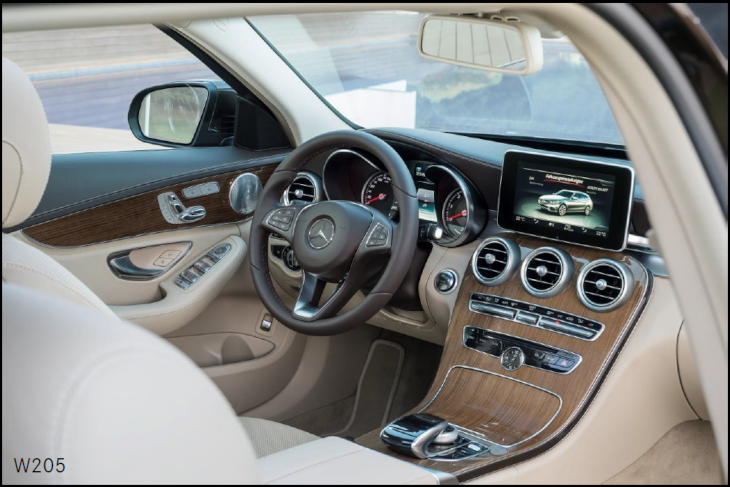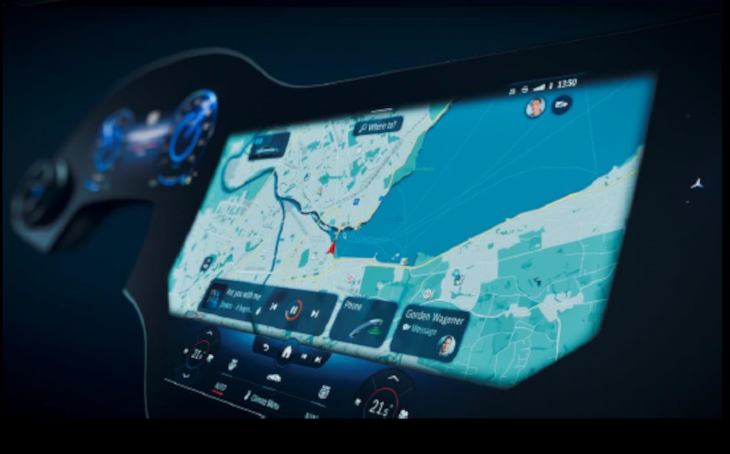The 3rd NDS Public Conference took place on the 8th of June featuring a multitude of speakers and captivating topics. One of the highlights was the presentation of Nihat Küçük of Daimler. He’s an expert in his field and works with his team on the implementation of navigation systems in general and on the support of ADAS map features and real-time traffic information across all Mercedes car and van models. His presentation covered Daimler’s journey using NDS to power ADAS and navigation systems in three generations of vehicles over the past decade.
Reflecting the benefits of NDS also means looking at the time before the navigation data standard existed. Previous on-board navigation systems had been designed, developed, tested, and integrated with a proprietary set of databases. But with every new product generation they became obsolete. This approach was not only time-consuming, but also caused high costs over the entire product lifecycle. In order to lower the costs of navigation and make it available in mid-range and compact cars, a significant cost reducing change was overdue. This was initiated by the introduction of the NDS navigation standard.

“For the first time we have been able to come up with a flexible supplier set. We developed the first NDS system together with Garmin, who provided the software stack and various suppliers for the map data like Tom Tom or AutoNavi. This wasn’t possible before NDS, because there was no chance to unite them on one standard.”
– Nihat Küçük, Maps & Navigation at Daimler Research & Development
As a longtime NDS member, Daimler launched their first car with NDS on board in March 2014: The Mercedes C-Class W205. This car– along with the V-class W447 that was also equipped with NDS – paved the way for future navigation system generations.
The next important step in the implementation of NDS was the introduction of the Mercedes-Benz User Experience (MBUX) multimedia system. The first car with the new MBUX system, the A-Class, was unveiled at the CES in 2018. The full digital display system was powered by map data in NDS and featured a new intuitive operating system supported by artificial intelligence. It was also the first to offer augmented reality map features to Mercedes drivers. Turning instructions, street names, and house numbers are projected by a head-up display into the windscreen overlaying real-world objects in the line of sight. The NDS database provides the MBUX system with all the necessary map data.
The 2nd MBUX generation launched in September 2020 with the S-Class W223 and offered even more advanced 3D, AR, and ADAS functions. A good example is the MBUX Travel Knowledge feature. The new system is able to provide information about the surroundings and is operated via voice control. Ask it about landmarks visible from the road and it will respond with information. Furthermore, the latest MBUX combines AR and ADAS functions: The NDS data base provides information for driver assistance features, which are then translated into AR depictions, like animated lane markings, speed elements, and a virtual roundabout assistant.
The hardware for in-vehicle infotainment is also constantly evolving. The EQS Hyperscreen, which spans the entire dashboard, offers a completely new navigation experience. The zero-layer principle of the Hyperscreen makes the map a central display element that always remains visible.

Looking back at three generations of Daimler vehicles equipped with NDS, Nihat shared how important he feels good map data is for driving comfort, safety, and differentiation from other vehicle manufacturers. Moreover, he believes that it is also a crucial prerequisite for a compelling automated driving experience. So navigation is no longer just about whether you reach your destination – but how you reach it most comfortably and safely.
Watch Nihat’s full presentation for more detailed insight on Daimler’s history with NDS, the NDS powered MBUX functions and more: